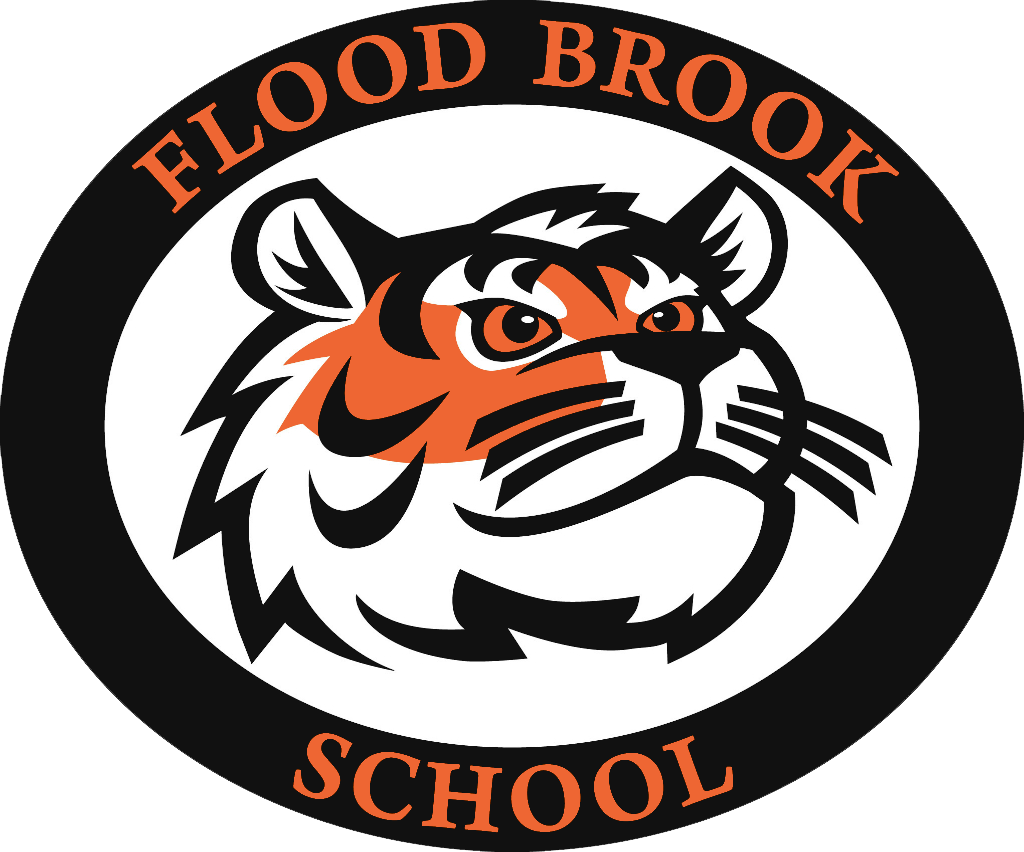For one day there was no shortage of houses to be had in the Northshire. To be precise, some 61 teeny, tiny houses transformed The Dorset School’s gymnasium, library, and two classrooms into a flourishing residential neighborhood. Middle school students from Dorset, Manchester Elementary Middle School (MEMS), and the Flood Brook School all assembled at one location to present their creations, the final products of their three-month project designing and building scale models of tiny houses.
“The Tiny House Project generates an opportunity for our 7th and 8th graders to transfer the basic skills acquired at school into something tangible,” says Middle Level Instructional Coach, Tracy Zaino. “We are building to a ‘Capstone Project’ because it’s a crowning achievement where they demonstrate their academic expertise, collaboration and communication skills, and creativity. It’s also an opportunity to build a sense of community at our schools.”
The Tiny House Project served as the first ever attempt to coordinate the work of 7th and 8th graders across all three Taconic & Green (T&G) middle schools. In January, over 200 middle schoolers were clustered into groups of three or four, each with a common goal.
They were given a card with customized specs to build a tiny house for a fictional family. The guidelines included the number of bedrooms, designated house size (from 300 to 600 square feet), special needs, geographic location, and more. Each group was also given a QR code that they could use to get further insights on their client, such as special interests in quilting, surfing, mobility, ecological goals and such.
“We’re really just getting started developing the Capstone program. This first year, we decided to provide a solid structure to focus students’ work and help them develop new skills,” says Dorset Instructional Coach, Giom. “Ultimately, the goal is to support students to develop individual Capstone Projects that demonstrate their own learning and interests.”
Before diving into drafting blueprints, the students needed to spend time researching the needs of their clients. The climate, for example, of states ranging from California up to Minnesota over to Massachusetts and down to Florida needed to be factored into the design. A beach house on Cape Cod might be different from a similar structure near Miami.
The planning process triggered opportunities for collaboration. In one group, for example, each of the three participants started by drafting their own floor blueprint. “Then we sat down together to decide what worked and what didn’t,” said one aspiring architect. “We all played a role in the final product.”
With floor plans decided, including cabinets, furniture, roof designs and windows, the students moved on to the building process. A set list of materials such as foam board, fabric, tin foil, and card board brought the designs to life.
This was the point where reality hit. “The design process was not so bad, but making all the pieces fit into the house was really hard,” said one designer. “We kept trying over and over, making changes until it finally worked. It was a lesson in perseverance.”
With each group working independently no two houses were exactly the same, but some patterns did emerge. Lofts were popular since the space did not count against the square footage limits. Skylights and solar panels captured energy and natural light. Some groups became so attached to the work that they created a special name for their house. 'Mountain Runner’ was a mobile home that could travel through the Rockies. A more personal connection surfaced with one group. “The house became one of us. We called it George.”
With houses built, the T&G middle schoolers all came together on March 23rd at The Dorset School. The students took turns either circulating through the exhibit or responding to questions while standing in the shadow of their own house. Some wrote up descriptive paragraphs. Others put slide presentations or video tours of their project on iPads to add an interactive component to the show.
“I loved how one house used popsicle sticks for flooring. It looked like bamboo.” Another student pointed out, “Did you see the house with a vegetable garden on the roof? How cool was that?”
A less concrete, but perhaps, more important benefit was the opportunity for all the T&G middle schoolers to gather together under the same roof. Everyone had made an investment in the project, a common connection and goal. The smiles, chatter, and energy in the school confirmed a solid return.
It was a beautiful day in the neighborhood.

